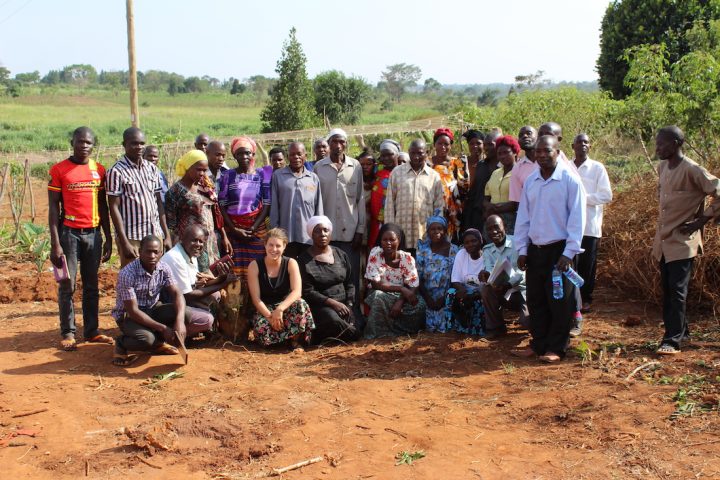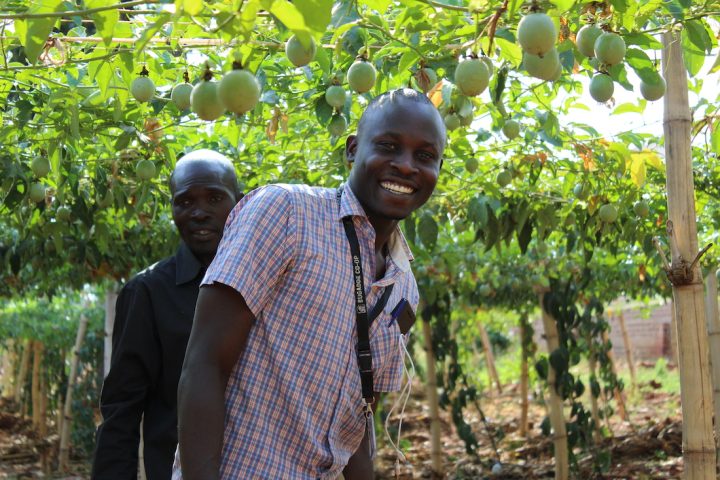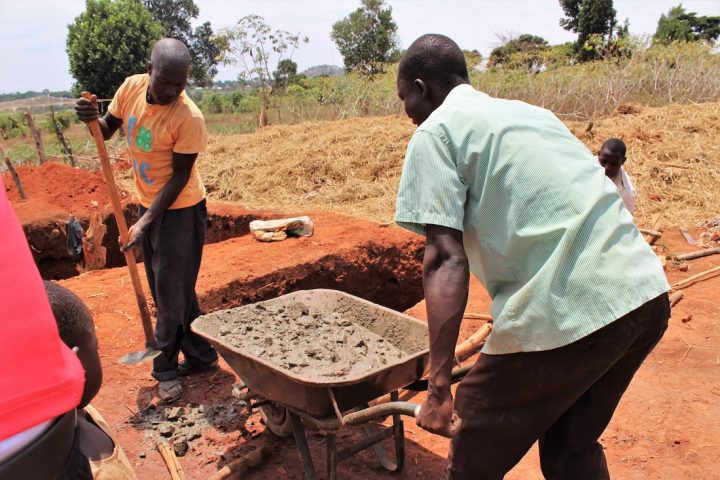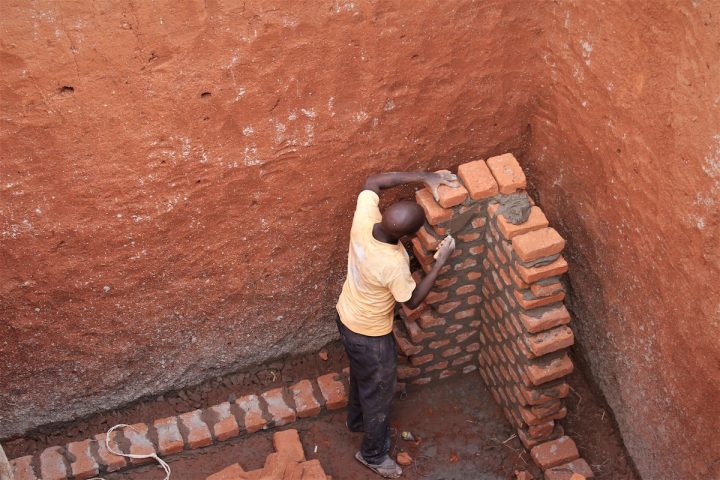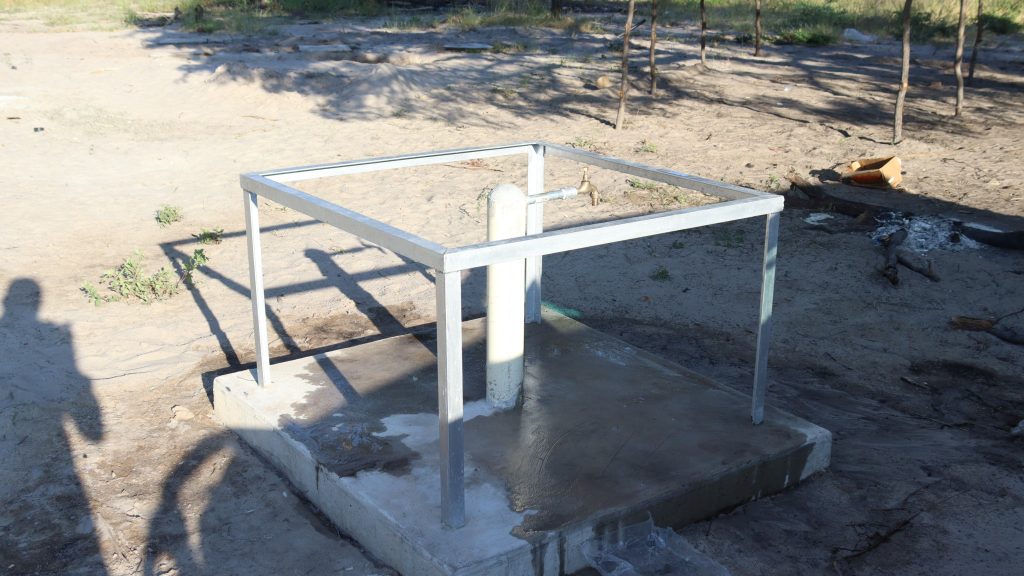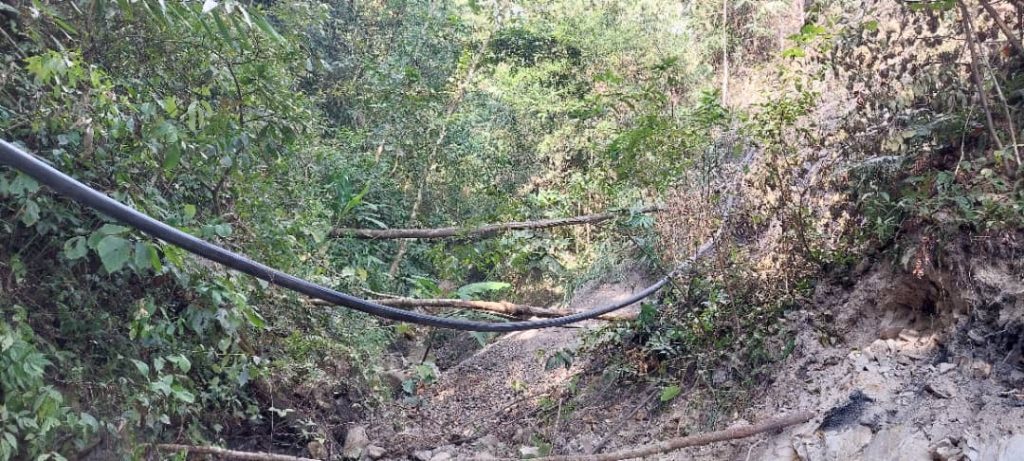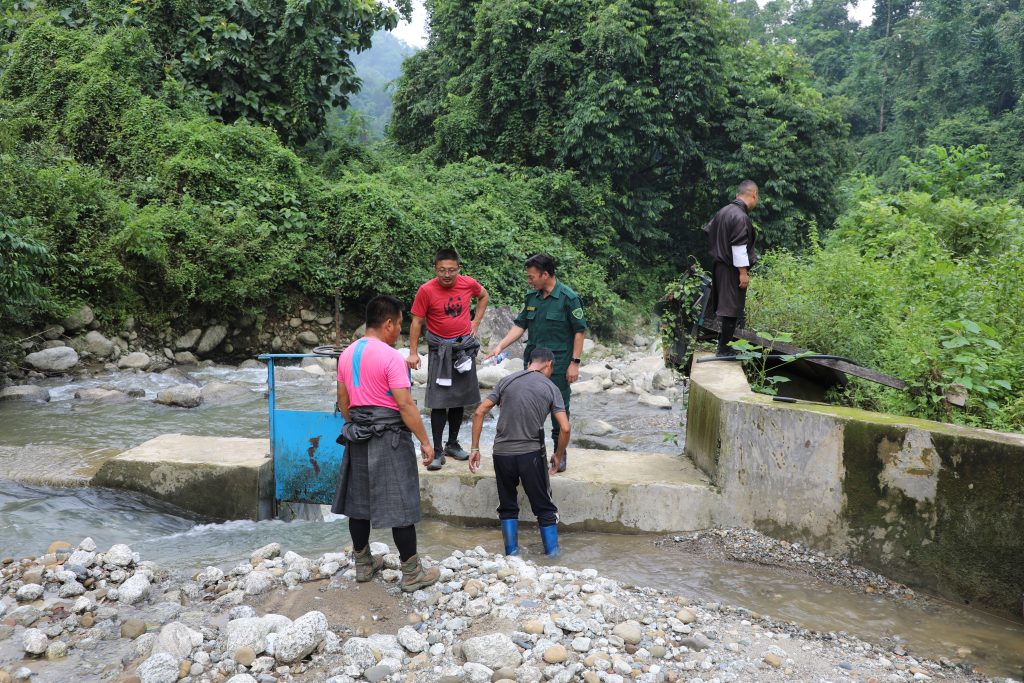Purpose
Protect local farms and agriculture against extreme drought, heatwaves, and soil erosion.
Climate Impacts
Community members from Mayuge report the following impacts:
Declining crop yields
from erratic rainfall
Loss of Livelihoods
from poor agricultural productivity
Water insecurity
from lack of rainfall or rainfall storage capacity
Increased soil erosion
from drought followed by extreme rainfall
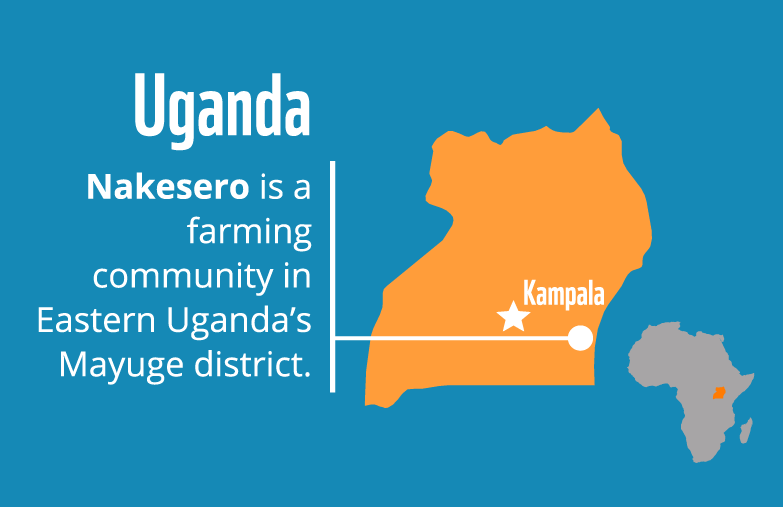
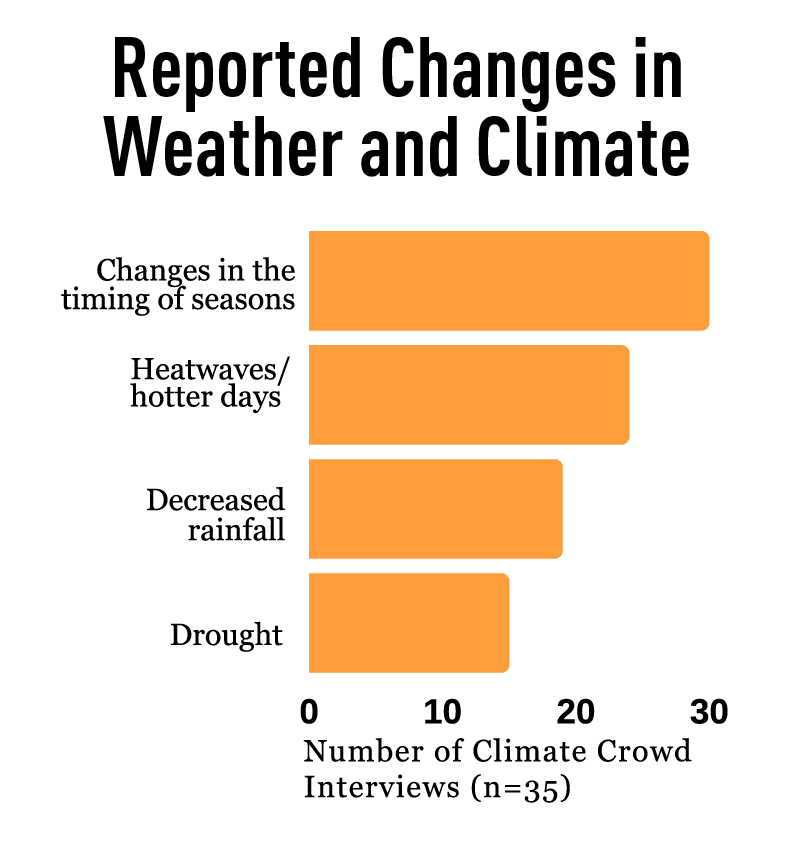
Activities
Irrigation site selection
The initial construction site was chosen based on proven need and collective farming capacity.
Construction of irrigation system
Nearly 200 community members worked to construct an irrigation system consisting of a large water storage tank, an attached smaller tank for filtering sediment, a pipe used to capture run-off from the existing borehole, a gas-powered water pump, and a 150-meter hose to distribute water to the crops.
Knowledge-sharing
Project partners invited community members from nearby regional zones to observe and participate in irrigation system construction to encourage widespread adoption.
project outcomes
project design
In recent years, Mayuge district residents have experienced long periods of drought and excessive heat, punctuated by extreme rainfall and accompanying soil erosion. These changes have had devastating effects in a society where nearly 90% of people make a living through rain-fed agriculture. In response to water insecurity and poor crop yields, WWF teamed up with a Peace Corps volunteer, Sam Strimling, to support a community-wide effort to construct a much-needed irrigation system to support local farms. This project provided the community with the materials and training needed to build underground storage tanks to collect and filter runoff during heavy rainfall, and store it safely for use during prolonged dry spells.

